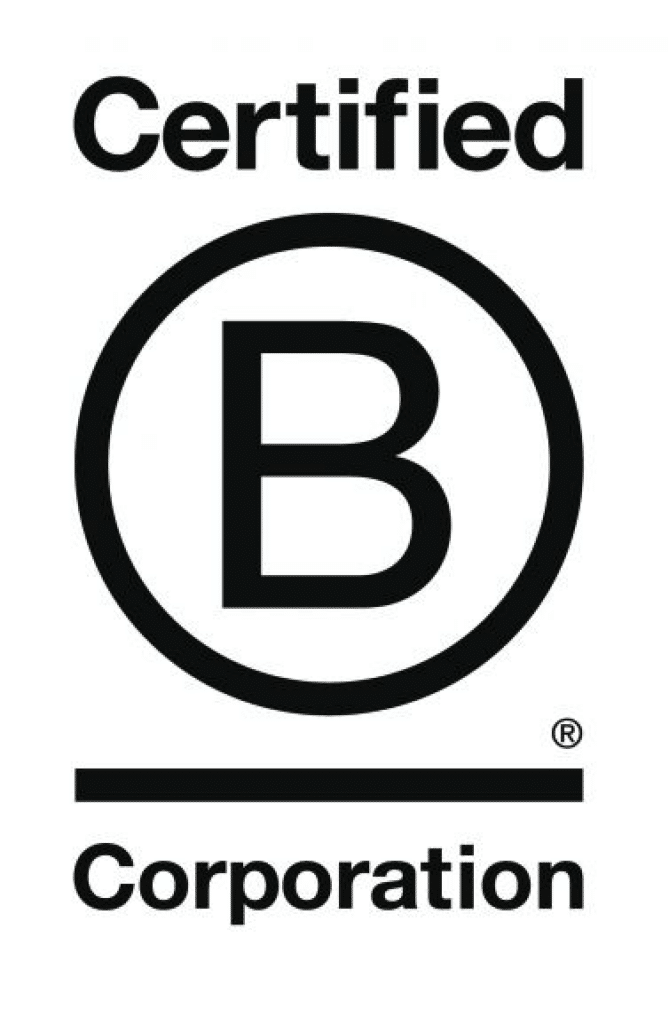We all have places we genuinely want to work at, because of how we perceive them as a place to work. Big companies like Google don’t have to find talent because people find them. The companies who need employer branding most, and who do it best, are the smaller ones who always seem to find the right people.
Who are you looking for?
As with any marketing process, strategy comes first. Research your target market of candidates, and find out what the employer of choice looks like to them. Whilst the idea of incentivising staff with trips to Vegas is attractive to one company in one industry, elsewhere a great pension scheme and employee wellbeing initiatives will be much compelling.
Why will they want to work for you?
Next, you have to find out if you really are an attractive place to work by engaging your existing employees. Find out why they get up every day to come to work. You’ll often find a common theme amongst teams and across your company. This process may bring to light some less favourable truths, but it’s important that you know in order to match what you say to what you do. Questions such as “would you refer us as a place to work to a friend, and why?” are great to get people talking.
You may have a nasty shock if you find few positives, but this is an opportunity to re-engage with your current workforce. In order to be authentic you need to be able to live and breath your employer brand. Once you know why your people are happy and why they love to come to work every day, you’ll be able to proudly shout about it.
How will you communicate this to them?
Armed with a strategy based on your target market, and knowing why you are a great employer, now assess your marketing channels and create a plan. For example, there are 20+ social media platforms, and you are better off selecting those which you have the time and resource to work with properly, than having a presence across a number less-suitable platforms. Some will be utterly useless to your target market and your organisation!
The importance of the careers section on a website is often overlooked – a search and list of jobs isn’t enough. It is a fantastic opportunity to engage with an audience who has made a strong ‘buying’ signal by clicking through. Tell them what to expect if they work for you, using current employee testimonials. People want to hear why a staff member loves their job, not why the CEO thinks their employees are happy.
Why is this important?
The people working for an organisation make the difference between success and failure. Make sure your house is in order, then consistently promote why people love to work for you. As a part of your wider talent attraction and recruitment strategy, a very positive and transparent employer brand will help you attract, hire and retain the best people.


